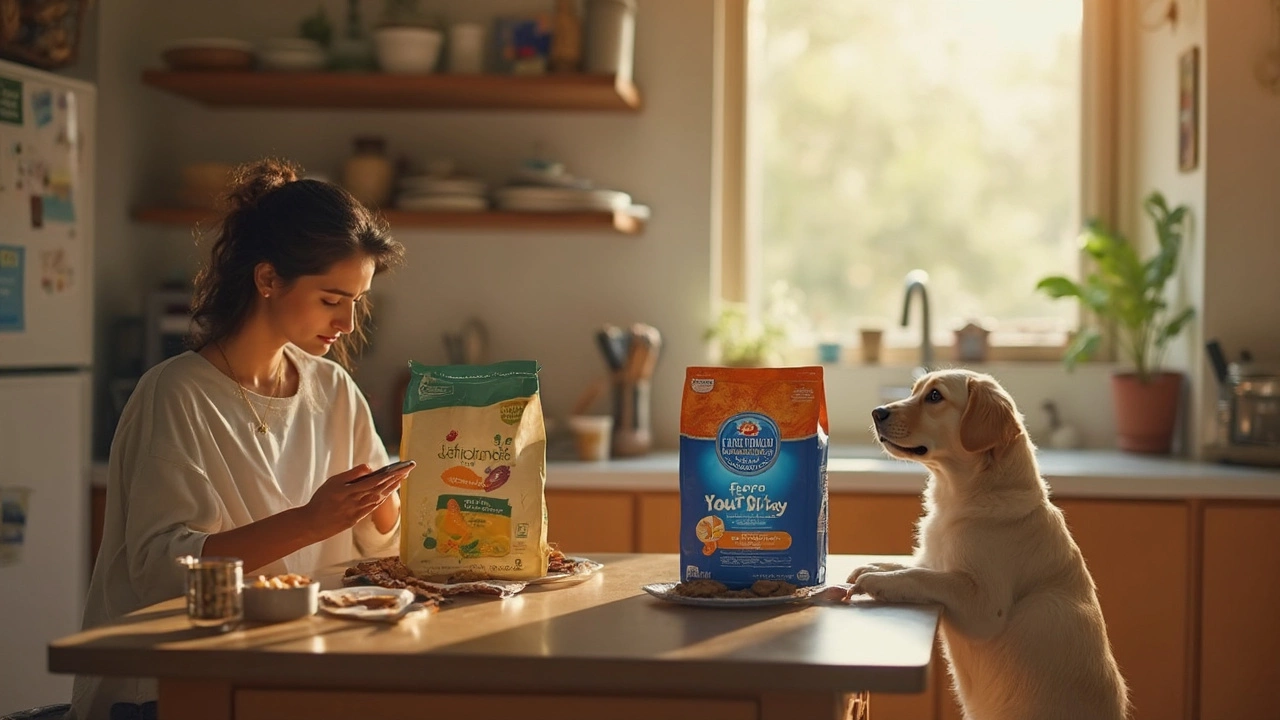Dog Food Comparison: How to Choose the Right Meal for Your Dog
Staring at a shelf of kibble and cans can feel like a grocery maze. Which brand is truly worth the money? Which one actually keeps your dog healthy? Below you’ll find a no‑fluff rundown of the factors that matter most when you compare dog foods.
What to Look at First: Ingredients
Ingredients are the heart of any food. Look for a real meat source listed as the first ingredient – chicken, beef, lamb, or fish. If you see “meat meal” or “animal digest” high up, pause. Those are rendered proteins that can be low quality. Next, check for whole grains or veggies. Good carbs like sweet potato or brown rice give steady energy, while unnecessary fillers like corn and wheat often sit at the bottom of the list.
Don’t forget the tiny details. Probiotics, glucosamine, and omega‑3 fatty acids add joint and coat benefits. If a brand highlights these, it usually means they’re aiming for a premium formula.
Cost vs. Quality: Finding the Sweet Spot
Price alone doesn’t guarantee quality. A $60 bag of premium kibble might have better sourcing than a $30 bag that relies on by‑products. The trick is to calculate cost per serving. Take the bag’s price, divide by the number of daily servings your dog needs, and compare that number across brands.
For example, Brand A costs $45 for a 30‑lb bag and feeds a 30‑lb dog twice a day. That’s about $0.75 per day. Brand B is $30 for a 20‑lb bag, feeding the same dog once a day – roughly $1.00 per day. Even though Brand B is cheaper upfront, Brand A actually saves you a few cents each day and may deliver better nutrition.
Another tip: look for a guaranteed analysis on the label. It tells you the protein, fat, and fiber percentages. A food with 25% protein and 15% fat is generally more nutrient‑dense than one with 18% protein and 10% fat, assuming the sources are good.
Finally, read reviews from other pet parents. Real‑world feedback often points out taste, digestion issues, or how quickly a dog’s coat improves. Combine that insight with the ingredient check and cost calculation, and you’ll have a solid comparison.
Remember, every dog is unique. A food that works wonders for a Labrador might not suit a senior Chihuahua. Use the guidelines above as a starting point, then watch how your pup reacts over a week or two. Adjust if you notice any stomach upset, excess weight gain, or a dull coat.
Bottom line: focus on real meat first, calculate cost per serving, and match the formula to your dog’s size, age, and activity level. With those basics, you’ll feel confident picking a dog food that keeps tails wagging without breaking the bank.

Blue Buffalo vs Purina: Which Dog Food Is Better?
Trying to decide between Blue Buffalo and Purina for your dog's meals? This guide looks at ingredients, health impacts, recall history, expert opinions, and value for money. Get real-life tips from regular dog owners. Cut through the hype and find out which brand fits your dog's needs.
read more


